The game I am discussing is named Etherena.
I first played this many years ago, probably more than 10 years ago. The current version is not very different from that which I played back then, except for the sounds.
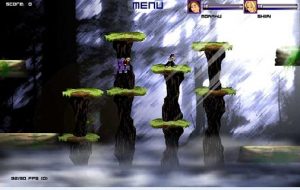
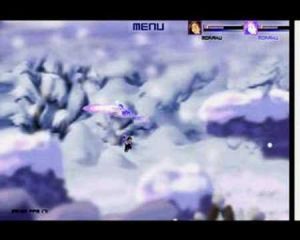
Link: http://www.mofunzone.com/games/etherena_beta.html
Youtube video demo: https://www.youtube.com/watch?v=u_iFDLygzeE
This is a battle game, with 2 characters. Players can choose whether to play against the computer or play against their friends as a dual players game. For each level, try to defeat the opponent and defend yourself.
Elemental tetrad:
- Aesthetic: this is a very simple 2D game. The landscape varies with each level. Though quite pleasing to the eye, the surrounding is static and looks quite peaceful. It would have helped bringing out the story line better if the environment looks more like an Armageddon, and better still if the characters and the landscape were moving. Nevertheless I personally had not much time to care about the surrounding while playing against the computer because it simply moved very fast. The animations of the attacks are quite smooth. I absolutely loved the music back then (I still remember the melodies of one of them until today). The songs are very energetic and put me in battle mood easily.
- Story: at the beginning the players will be walked through a short story line of the world’s fragile beginning. Maybe more details will help – the roles of the 2 players with regards to the world’s vulnerabilities are clearly missing.
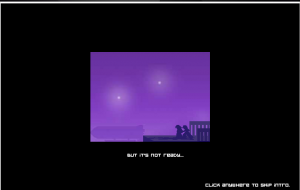
The Intro’s full text: “The new world is beginning. But it’s not ready. Not yet.
- Mechanics: each of the 2 characters has his/her own set of unique moves which makes it really fun. After playing for a few minutes, you start remembering each of their moves, which helps with strategizing. The responsiveness has been good ever since I first played the game a decade ago. There is no perceivable latency with a key press and the players move really fast. Players can jump, attack and shield themselves while at the same time repelling the opponent. The shield will break if held for too long. Players may fall down the cliffs or from tall buildings and lose some of their life force. Of course if they get attacked they will lose life force too depending on the strength of the attack. Players just keep on going until the opponent dies and level up, or until their character dies, in which situation they will replay the current level. Though I hardly make it up to the next level, from online sources there are currently 21 levels, and multiply by the combinations of characters played, you have the number of possibilities for different playing experience! You can even play against the same character as yours (Because why not right?).
- Technology: Etherena is made with Flash. Flash is relatively simple to learn, and is optimal for making 2D games. That must be one of the reasons why Etherena is 2D and not 3D. Nevertheless it wouldn’t affect the amount of love this game has enjoyed because the interesting moves and beautiful landscape will get you addicted. Also, creating a multiplayer game in Flash is also notably challenging, hence Etherena is at most a versus game of 2 players.
Lenses:
- Lens #49: The Lens of Punishments: Etherena employs a few punishing systems which keep the player moving: they can’t hold their shield forever because it will eventually break; shields only repel opponents instead of injuring them so players can’t always rely on it but have to attack; if players let their characters fall down to the cliff too often they will lose lots of life force etc.
- Lens #42: The Lens of Simplicity/Complexity: The rules of Etherena is very simple. In fact, it can’t be more simple: fight till one of the players dies. In contrast to this, it seems that to the first users, the keys for the moves and attacks are quite counter intuitive – while the instructions say that the keys to move are the arrow keys, they don’t seem to work for the left character (which is the one users control in single player against computer mode) and instead, the keys A, D and W are used for left, right and jumping up. Attack keys are also quite all over the place. It would be easier if either there are instructions on the key mappings on the screen while playing or all the attacks are mapped to the same row on the keyboard.
- Lens #49: The Lens of Visible Progress: I personally don’t see a lot of effort in this aspect of visible progress. Possibly because the plot is really simple and there are no rewards – for instance, tools to increase strength – other than defeating the other fighter. The transition from one level to the next has not much of a progressive change. The scenery changes and the number of chances to be hit decreases but that’s about all to it.
- Lens #51: The Lens of the Pyramid : Again, there is no culmination to some ultimate goal like saving the world or something similar. Until now Etherena is still in “beta” stage and the story line doesn’t seem to evolve after each level.
- Lens #52: The Lens of the Puzzle : Players can’t win a level just by taking chances. They need to eventually figure out during a fight what combinations work best while in a certain position. It’s exactly this requirement of quick reflexes and thinking that give the users the sense of accomplishments when completing a level.
Overall, I think it is still amazing how the game has garnered so much love without an elaborate story line. From the start while playing it, I was too caught up with strategizing in each move my character and the opponent make, and too fascinated by the music, to even care if the story was evolving or not.

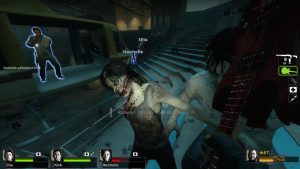

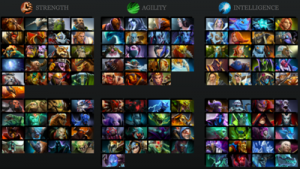

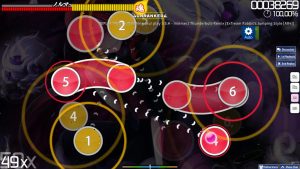

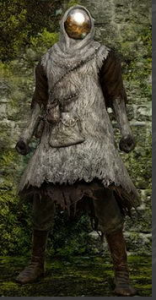



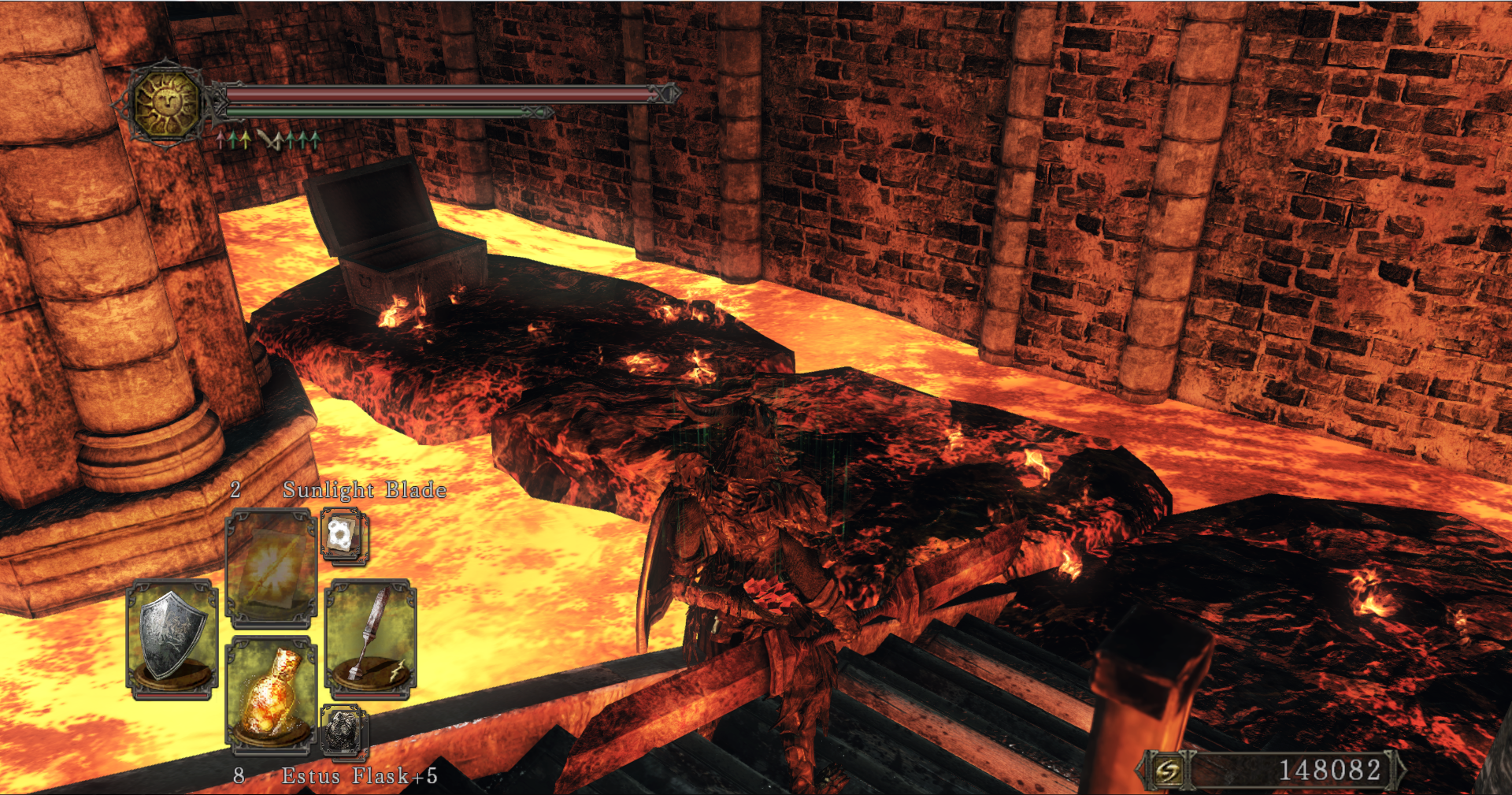 The most striking instance of triangularity would be in the difficulty or monsters versus the amount of souls they possess. Because the player loses all souls upon death, this is a very cautious decision to make. There are also many other instances, such as traps that guard a chest (risk vs reward), chests that turn out to be mimics, shortcuts that are infested with monsters, optional areas that offer additional gear not obtainable anywhere else. This even includes pvp / coop, which are optional but can offer souls and other rewards. However there is a “religion” that makes the game difficulty twice as hard without offering immediate rewards, but rather prestige in terms of a leader-board.
The most striking instance of triangularity would be in the difficulty or monsters versus the amount of souls they possess. Because the player loses all souls upon death, this is a very cautious decision to make. There are also many other instances, such as traps that guard a chest (risk vs reward), chests that turn out to be mimics, shortcuts that are infested with monsters, optional areas that offer additional gear not obtainable anywhere else. This even includes pvp / coop, which are optional but can offer souls and other rewards. However there is a “religion” that makes the game difficulty twice as hard without offering immediate rewards, but rather prestige in terms of a leader-board.